An Amazon Seller’s Guide to Amazon Basics

Competition is normal in every industry. It prevents businesses from jacking up prices and motivates them to create innovative products. As someone who's most likely bought or sold a product on Amazon, odds are you’ve heard of Amazon Basics—one of Amazon’s private label brands.
It can be daunting to sell a product that you know Amazon itself already sells. However, despite the glaring obstacles, it’s not impossible to compete with the giant.
Read on in this guide to Amazon Basics to help you scheme a plan that will get your business noticed and understand how Amazon Basics differs from most third-party seller brands.
What Is Amazon Basics?
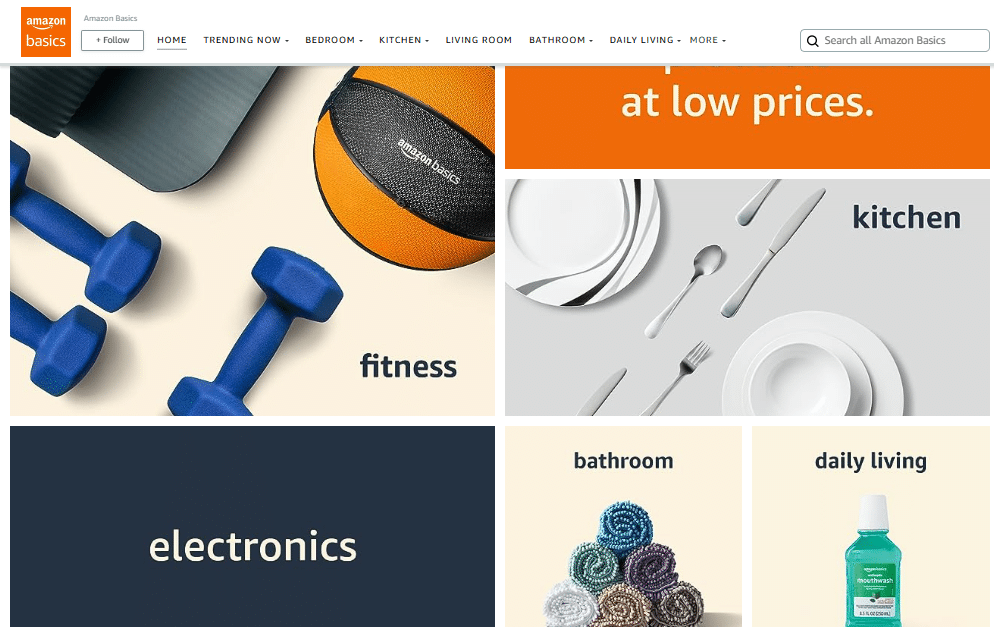
In contrast to other ecommerce platforms like AliExpress or Temu, Amazon makes money outside commissions on every sale. The ecommerce giants also sell their own line of private label brands, one of them being Amazon Basics.
Amazon Basics is an Amazon private label brand launched in 2009 that sells various products at low prices, a crucial factor given that 82% of customers list price as an important consideration before making a purchase.
Amazon Basics was created to target products consumers don’t have much of a preference for when it comes to brands. Since 2009, Amazon Basics has continued to expand its offering from selling batteries, charging cables, and kitchenware.
How Are Amazon Sellers Affected by Amazon Basics?
If the rumors of Amazon using their purchasing data made on its app are true (a claim that Amazon says is false, but the FTC says otherwise), it can give them a better idea of which products to create. This will give them an unfair advantage over sellers producing similar products.
What Amazon does before listing an item is to locate a supplier and buy these items in bulk. Inventory management will rarely be a problem for a company with over 150 fulfillment centers around the world.
Aside from having the advantage of ignoring the referral cost from commissions (usually between 8% to 15%) when determining the price, Amazon can afford to sell their products at a cheaper price because they sell them directly.
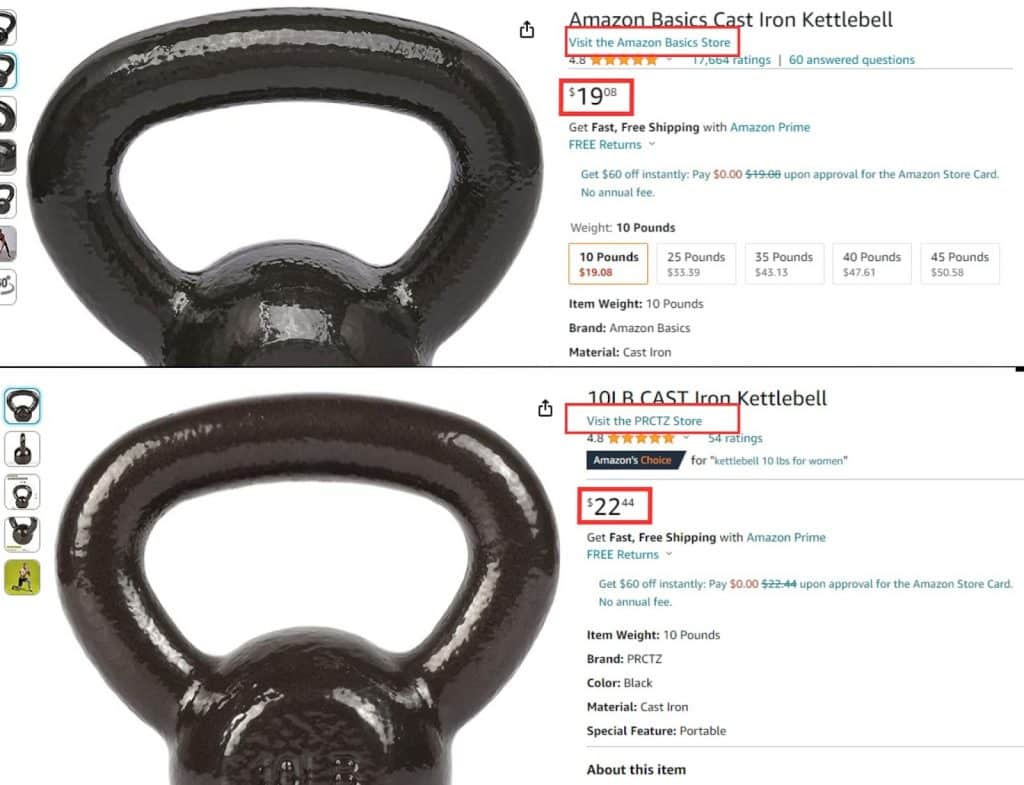
It’s not only Amazon third-party sellers that are affected by the platform’s own products. Even popular brands are at times more expensive than Amazon’s products.
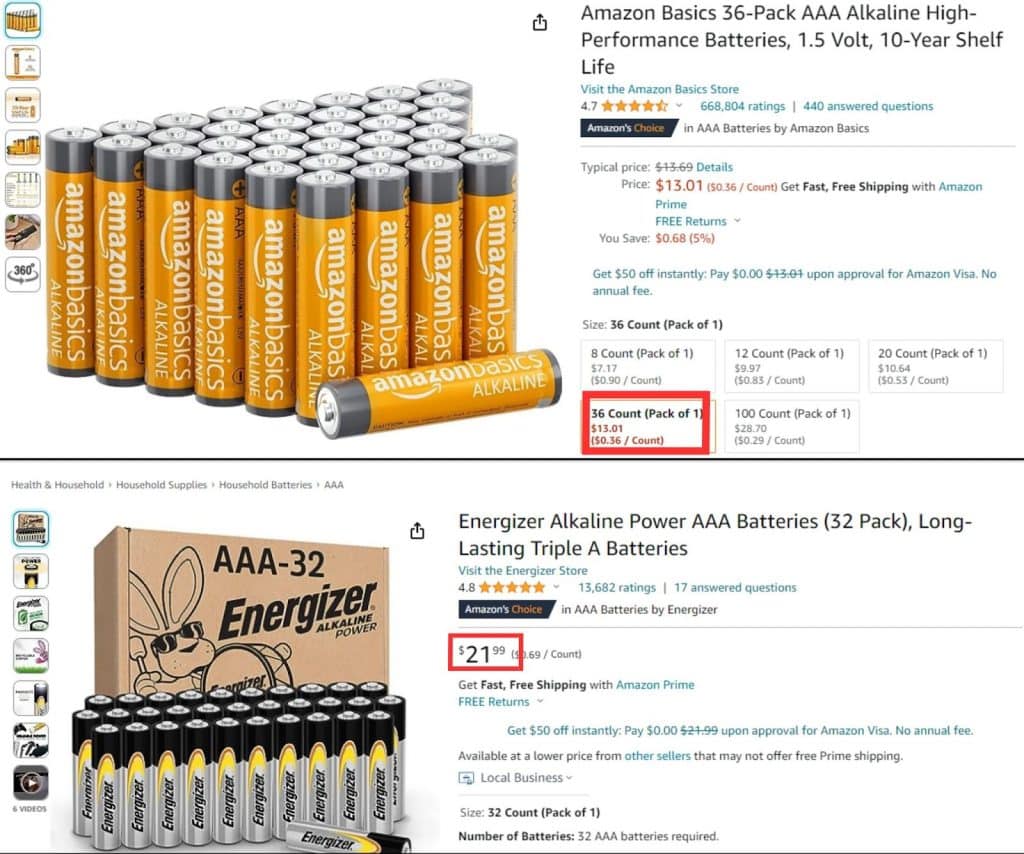
Trying to compete with a brand that can afford to sell products at a lower price can bring any seller into distress, especially when the competition is a brand that also runs the platform.
When you take a look at two of the examples shown above, although it’s a small sample size, common products sold at a cheaper price generally perform better.
Sales history, or items with high a volume of sales, is one of the factors Amazon uses to determine which items will be displayed at the top of a SERP. When you take a look at the ratings of the AAA batteries comparison for example, Amazon or any other online ecommerce platform will be inclined to list their item higher on a search result due to its popularity among customers, leading to lesser visibility from other brands.
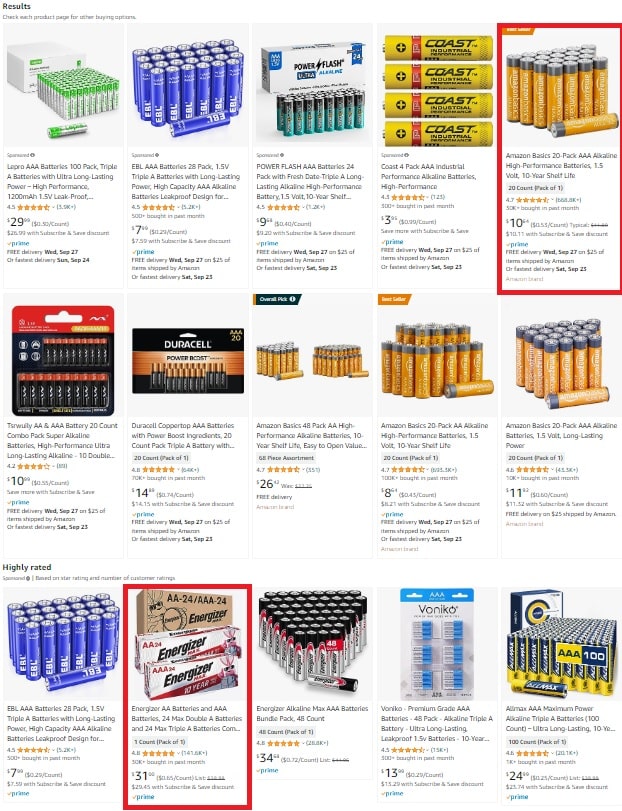
How Sellers Can Compete with Amazon Basics
As you navigate through this guide to Amazon Basics, the first thing you should realize is you have nothing to gain from crying over spilled milk. After all, Amazon Basics has been around for more than 10 years yet some sellers still manage to generate income.
One drawback of producing cheaper products is compromising quality. Proof of this is when there were reports of multiple Amazon Basics items suddenly catching fire.
Amazon might be your biggest competitor in some cases, but that doesn’t mean customers will immediately ignore your items to favor products sold by Amazon. It may seem like you’re entering a battle between David and Goliath, but as we all know, David found a way to emerge victorious in the end, which means you can too.
In this guide to Amazon Basics we’ve compiled a list of measures you can take to compete with Amazon's private label brand:
Find the right product to sell
Even though Amazon Basics sells a plethora of products for buyers to choose from, not all products get five-star reviews. This is why product research comes in vital before every product launch.
Focus on quality
When customers see a good brand, it doesn’t take long for the word to spread. While it’s true that most customers seek low-price tags, there is a sizable audience who prefer high-quality products. This will build trust with your customers in hopes of turning them into loyal customers for years to come.
Let’s say the product you want to sell is in-ear headphones. One way you can ensure your quality exceeds Amazon is by reading reviews. This will help you find the stumbling block customers have with Amazon’s product which you’ll aim to solve.
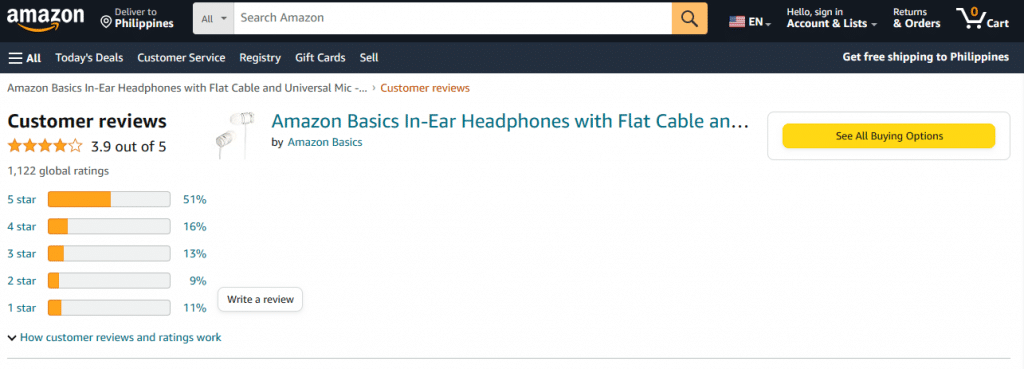
As we continue this guide to Amazon Basics, here’s another example of a product from Amazon that failed to live up to its expectations.
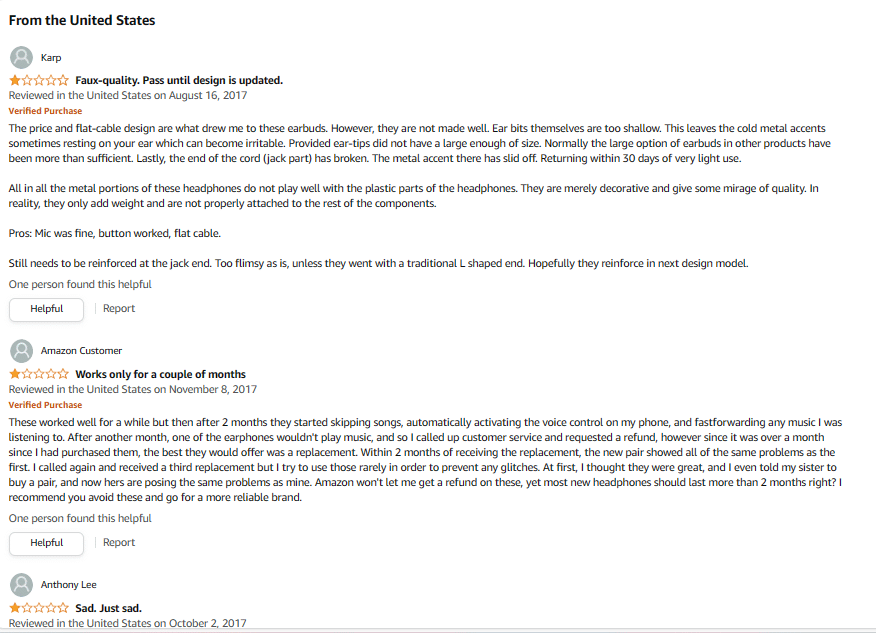
Distinguish your brand from the competition
Businesses copy ideas from their competitors all the time. Whether you’re just starting a business or thinking about launching a new product, make sure to always have a unique selling proposition (USP).
Let the end goal be that when a customer decides to purchase a product in your niche, your store will be the first brand they think of.
Offer amazing customer service
Due to the size and the amount of products they sell, Amazon Basics will ultimately have a hard time tracking every customer’s needs. Customer satisfaction is a significant factor in every business’ bottom line.
If you want to overtake Amazon in this aspect, you need to treat them with respect, respond to their queries as soon as possible (customers hate waiting), and find a solution to their problem.
What Private Label Brands Can Learn From Amazon Basics
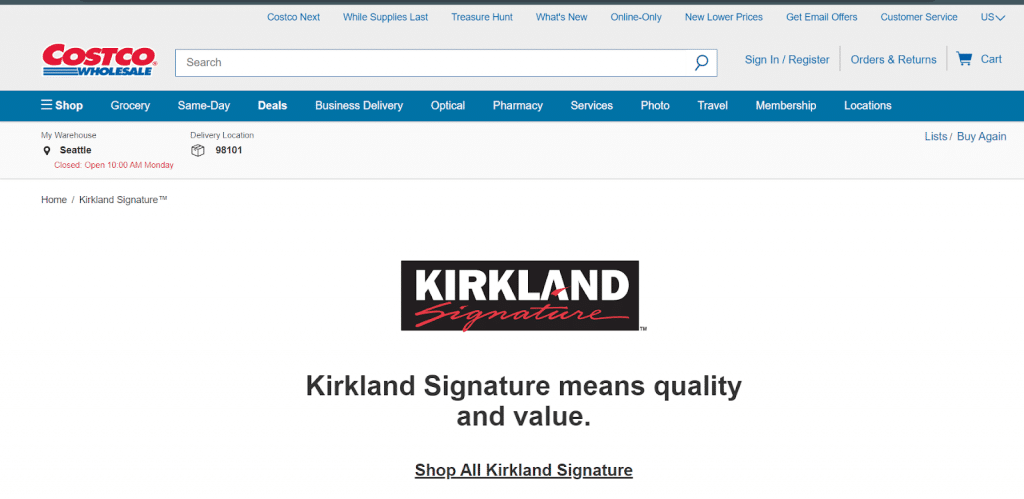
While Amazon Basics may have a foothold on some generic products, you’ve also seen that a few of their products barely move past their warehouse due to quality concerns. After all, you don’t see customers only purchase Kirkland products whenever they shop at Costco.
As sellers, there’s a lot you can learn from this guide to Amazon Basics. You can start by analyzing the platform's business model. For starters, you should always do your research before launching a product. And whether or not Amazon does use their buyer’s data to help them come up with products, you can forecast success too by using a tool like Jungle Scout to research keywords and make data-driven decisions.
Even with Amazon Basics as a competitor in Amazon, there are still a lot of opportunities for private label sellers to be successful on Amazon. Here is a list of the Top 100 Amazon Third Party Sellers on Amazon.
Final Thoughts
That ends our guide to Amazon Basics for sellers. While it can be frightening to have Amazon produce a product similar to what you sell, getting your brand ahead is still possible.
Once you find the right product and get the attention of your customers using the tips we mentioned above, you can compete with whatever listing is posted on Amazon Basics.
How do you feel about Amazon launching its own line of products to compete with other sellers? Let us know if you have any more tips we can add to this guide to Amazon Basics by leaving a comment below.



